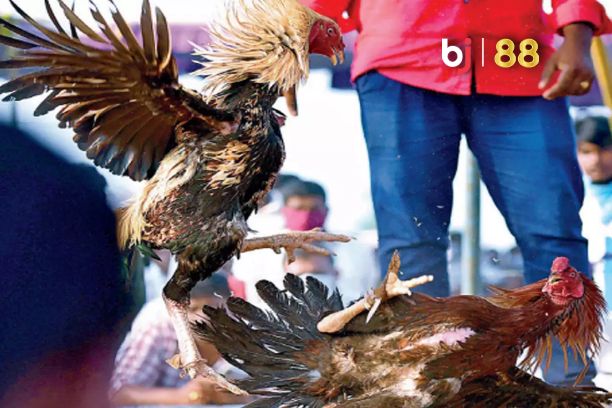Treatment of paralyzed legs in stone chicken farming necessitates knowledge of each grain. Combat using paralyzed legs as a weapon is deemed rejected. Paralysis of the legs is a common occurrence when rearing fighting hens. Several factors create and elicit additional symptoms. A chicken with leg paralysis will separate from the herd, lie in one spot, develop diarrhea, stop eating, and die. When hens with paralyzed legs are discovered, preventative measures must be implemented and treated quickly. Because they are not only like that; they are caused by other incredibly deadly illnesses. Today’s article bj88 guides brothers in treating chickens with paralyzed legs most effectively.
Recognizing Chickens with Paralyzed Legs
When they observe a chicken with paralyzed legs, they know it has a sick claw bacteria in its body. Marek’s disease is stated as the cause of paralyzed chicken legs. Paralyzed chickens caused by Marek’s illness will exhibit symptoms such as moodiness, diarrhea, skinny hens, one-leg paralysis, and so on. However, not all instances are caused by Marek’s disease. Chickens may suffer from illnesses such as calcium shortage, low egg quality resulting in weak progeny, and industrial-style chickens. Treatments for paralyzed legs will vary depending on the individual scenario.
Causes and Treatment for Chickens with Paralyzed Legs
Treatment of chickens with paralyzed legs from Marke’s illness

Marke’s illness is quite widespread in the animal husbandry industry. The weather varies between the ages of 12 and 20 weeks for hens, as well as during the seasons. When hens are unwell, Marke will have paralysis of the weevil legs, diarrhea, and one leg bent backwards. This illness is typically caused by polluted breeding conditions. As a result, cleaning and disinfecting the barn are required on a regular basis. Chickens should get vitamin C supplements on a regular basis, as well as immunization against Markes disease. If the chickens have been affected, you may get special liquids from any veterinarian store.
Treatment of paralyzed chicken legs owing to calcium insufficiency
Post-calcium insufficiency commonly arises between 2 and 4 weeks of age. At this moment, freshly born chicks are extremely vulnerable to the invasion of harmful germs. Newly born hens are frequently given broken rice and industrial bran, therefore calcium shortage is widespread. Industrial bran promotes rapid growth in hens, but it is quite fragile; the skeleton is not robust. As a result, it is possible to induce limb paralysis, reduced appetite, and death. At this stage, treating hens with limb paralysis is straightforward; simply purchase a calcium solution for the chickens to drink. You may offer calcium powder to hens straight or add it into their food or water.Calcium supplements for chickens are required on a regular basis at all stages, not just grandmother chicks. A sturdy skeleton is particularly important while rearing stone hens. Strong legs for training and live cockfighting tournaments.

Mother hens produce poor eggs due to calcium insufficiency
In certain circumstances, the warrior’s limb is paralyzed for reasons other than his own. Where the mother chicken lacks calcium throughout the egg-laying stage, the born chicks are likewise severely weakened. As a result, laying hens require more calcium-rich diet at this time. In this method, the eggs lay fresh, thick, strong shells.
Treatment of chickens with paralyzed legs after hatching
As previously stated, calcium-deficient eggs have already paralyzed the legs of hatched chicks. During the incubation phase of hens, eggoscopy is required to eliminate poor-quality eggs. Chicks hatch from weak, calcium-deficient eggs, experience contractions, are unable to stretch, and cannot walk normally. Hatched chicks who feel weak must separate calcium for drinking and pinch the light. Avoid having the mother chicken’s bow buried or trodden on.

Overcrowded density of chickens
This is also responsible for chicken paralysis of the legs. The coop is too tiny for the number of hens, and they are not happy walking still in an area prone to foot flu. Chickens will eventually become paralyzed, lying down and unable to walk, feed, or drink properly. As a result, before growing hens, you must first create a proper barn to accommodate the number of chickens you will be raising.
The paper detailed the experiences of treating hens with paralyzed legs. I want to provide you more experience breeding chickens. To improve illness treatment and prevention. Good luck!



